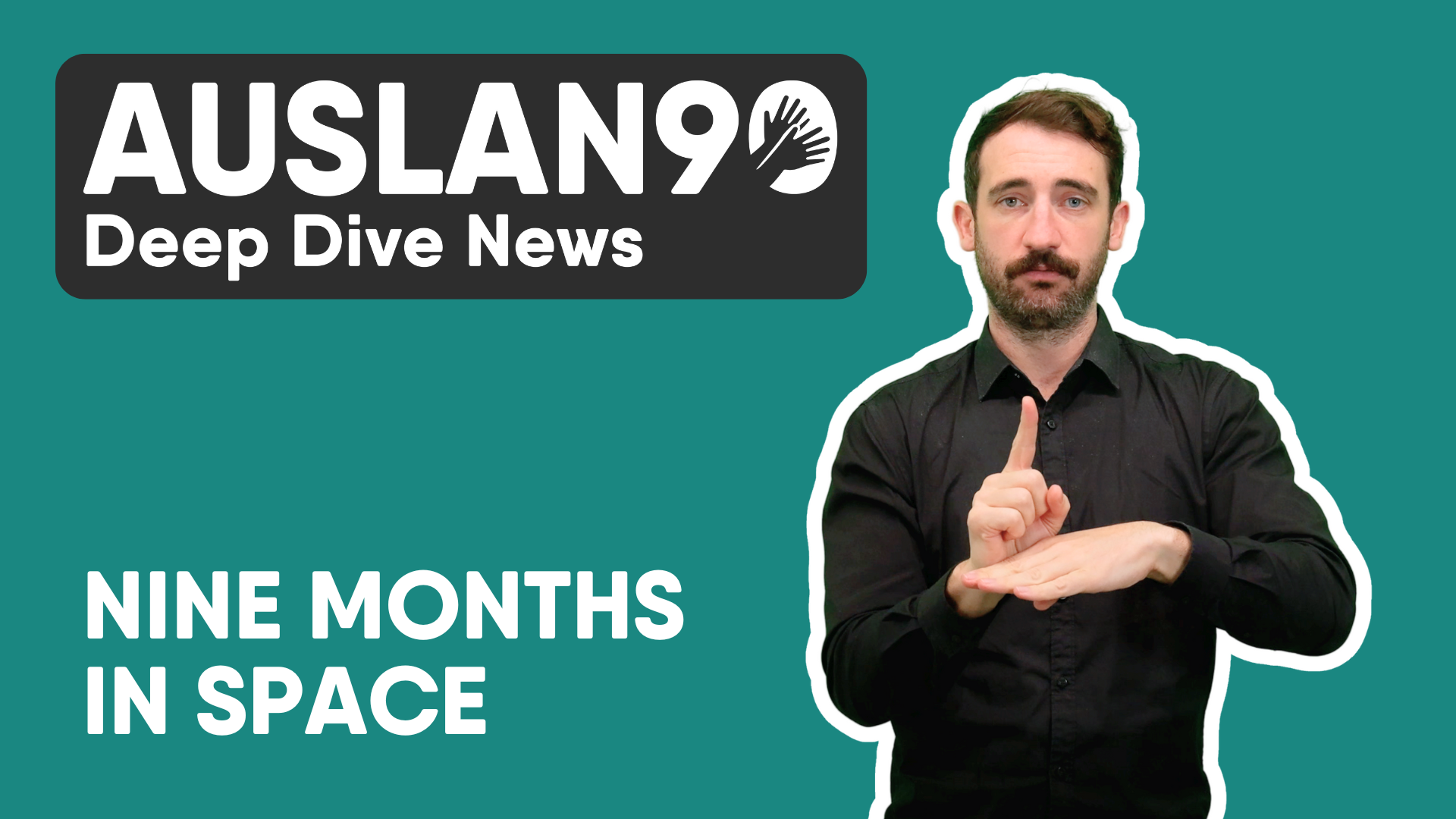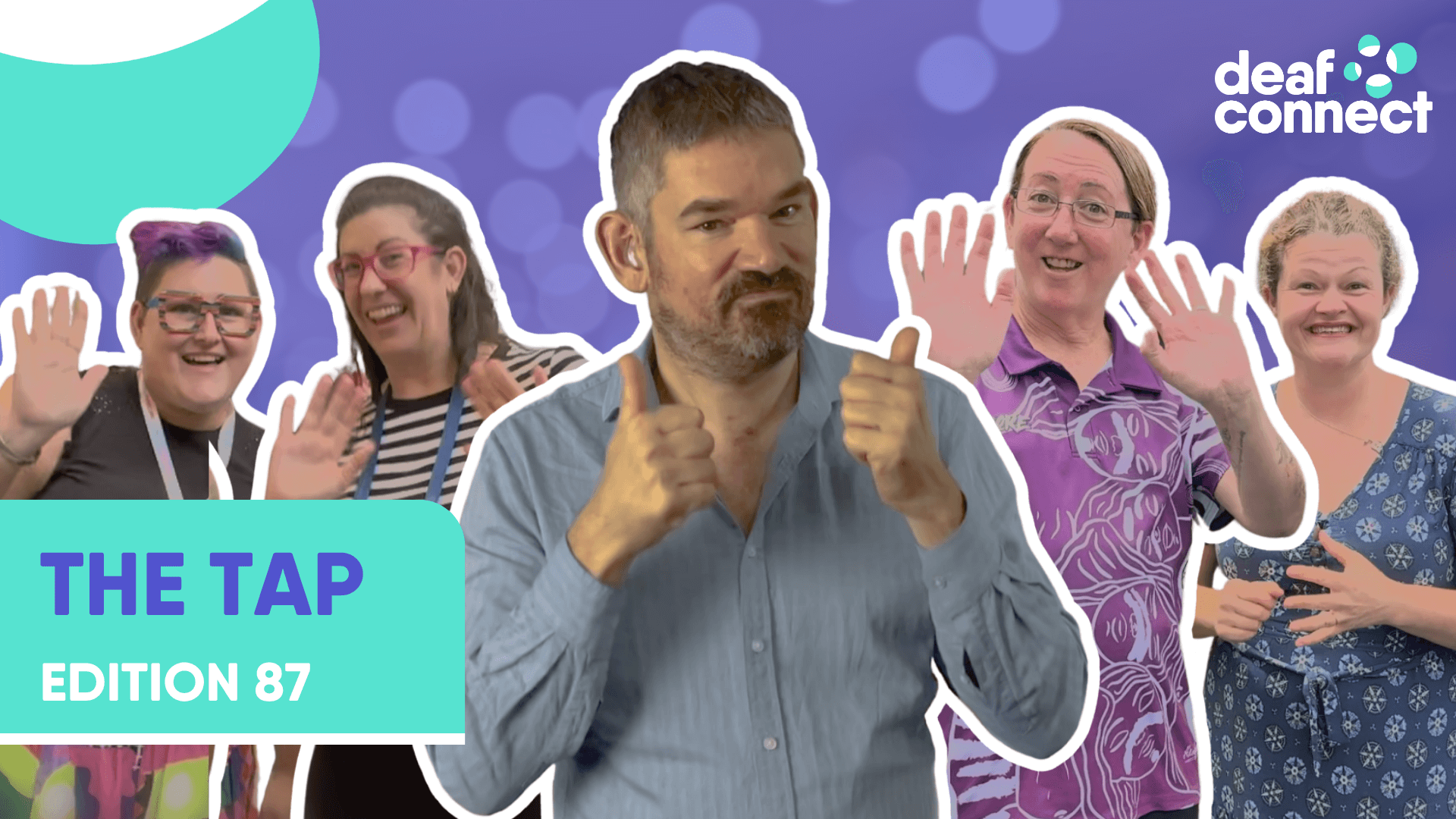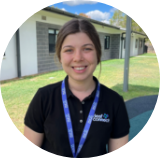Published on: 26th March 2025
Deaf Space: Always changing, Always important
Deaf researcher Professor Annelies Kusters explores how Deaf spaces naturally form in everyday life. In a village in Ghana, a high population of Deaf people has led to seamless interactions between Deaf and hearing residents. In Mumbai, Deaf people meet everyday on the train to catch up with each other.
Deaf spaces aren’t just physical buildings. They exist wherever Deaf people gather; on streets, in homes, in online groups, and at events. But as Deaf schools and clubs close down, these meeting spots are becoming less stable and harder to keep. How can we make sure they keep going strong?
You can learn more about Deaf Connect’s Deaf Space project via https://deafconnect.org.au/deaf-space
Transcript:
Hello, my name is Annelies. I’m a researcher in the field of Deaf studies. Amongst the many topics I have looked at, an area of focus of mine has been Deaf Space. This research has been looking at a variety of Deaf spaces and what happens within them. I’d like to share two examples with you.
The first was on a trip I took some time ago to Ghana, Africa. There is a village there that has a high population of Deaf people. They have evolved their own sign language within that village. There are no Deaf organisations, Deaf clubs or Deaf schools in that village. So Deaf people and hearing people there are interacting freely every day. Something that has been noticed there is the establishment of Deaf spaces. For example, in the homes of Deaf people, many would visit and eventually over time that space would become a Deaf Space. Another example is Deaf people walking to another place and when they meet with other Deaf people, they sit or stand in that space catching up, sharing new information, and that particular space becomes a Deaf Space.
The second example comes from the city of Mumbai, also known as Bombay in India. It was noted that Deaf people were commuting to and from work daily by train. The trains have specified carriages, including general carriages, carriages for women and a smaller section for people with a disability. It was in this section that Deaf people would sit for their daily commute and meet. They would chat, share information and exchange news about Deaf events. So it became a fortunate and significant commute and grew into a Deaf Space.
So Deaf spaces can be Deaf organisations, Deaf clubs or Deaf schools, or in fact in any space that Deaf people come together to meet. Deaf spaces can also emerge in online places including WhatsApp groups, Facebook groups or Instagram. These can be rightly viewed as Deaf spaces. Deaf spaces can also be transient, emerging and then disappearing. But Deaf spaces can emerge in multiple places with interconnections, and this is because Deaf people have their own networks.
Consider this image. This image depicts a complex, interconnected network of people and spaces. There are nodes that could be places, organisations, buildings or even events. And these places form nodes where people can meet, exchange information, make introductions, and communicate. Once people leave these spaces, they may go to other nodes. It doesn’t mean that these places are then disconnected or that ties are severed. They remain connected. So when people meet in a space, this builds the network and creates a more complex, growing network. So Deaf spaces are vital for helping to perpetuate the Deaf network.
Deaf spaces have changed dramatically over time. There have always been Deaf spaces where Deaf people have met physically. However, this idea of a Deaf Space being connected to a physical building has changed. Deaf-owned buildings are now disappearing and Deaf schools and Deaf clubs are sadly closing down. It seems Deaf spaces are more connected to events and Deaf people making contact with each other via friendship groups and through different communication platforms. Deaf spaces seem to be more transient in nature and this means they tend to be more fragile. This is something we need to look at for the future, to ensure that Deaf spaces keep thriving and keep appearing.
Visual description:
The video opens with a still of the subject, Professor Annelies Kusters, against mint-coloured plain background. In the upper right-hand corner is the Deaf Space logo. A title floats in from the left that reads “Professor Annelies Kusters : Deaf Researcher”.
Professor Annelies is featured in the video, standing in front of a plain beige background. Annelies has short red hair, is wearing a black long-sleeved top, and is signing in a friendly way towards the camera in British Sign Language. On the right of Annelies is the Picture in Picture interpreter, translating Annelies’ signing into Auslan.
The end two slides of the video feature the logo in the upper right-hand corner of the screen. First, we see a logo of “Mobile Deaf” on the screen with a headline that reads “Professor Annelies Kusters, https://mobiledeaf.org.uk/annelies-kusters”. Then, a large yellow tile in the center with grey text fades in that reads “Your Space. Your Culture. Join the Deaf Space conversation!” Below the tile is a QR code and URL that reads “https://deafconnect.org.au/deaf-space”.








